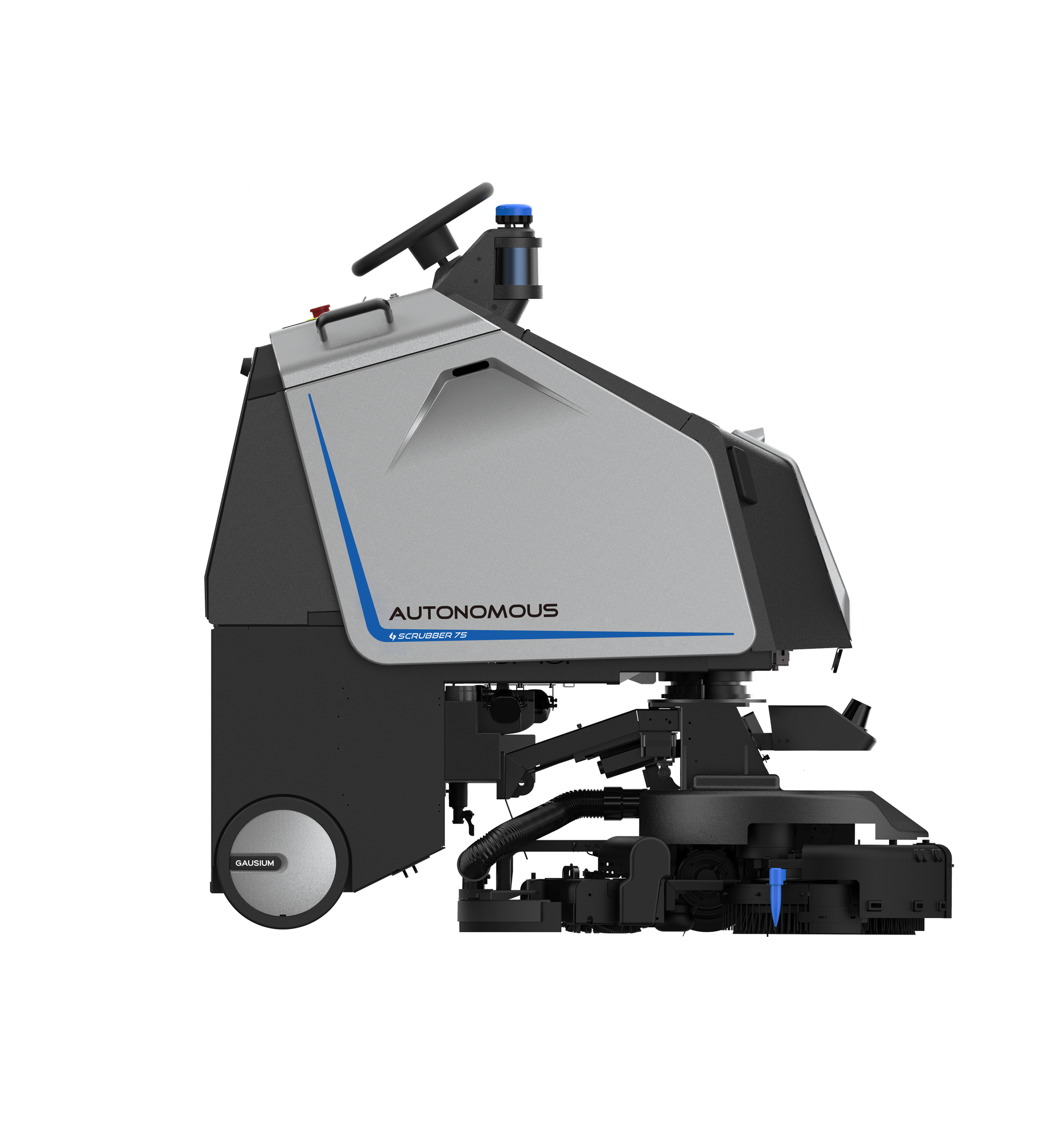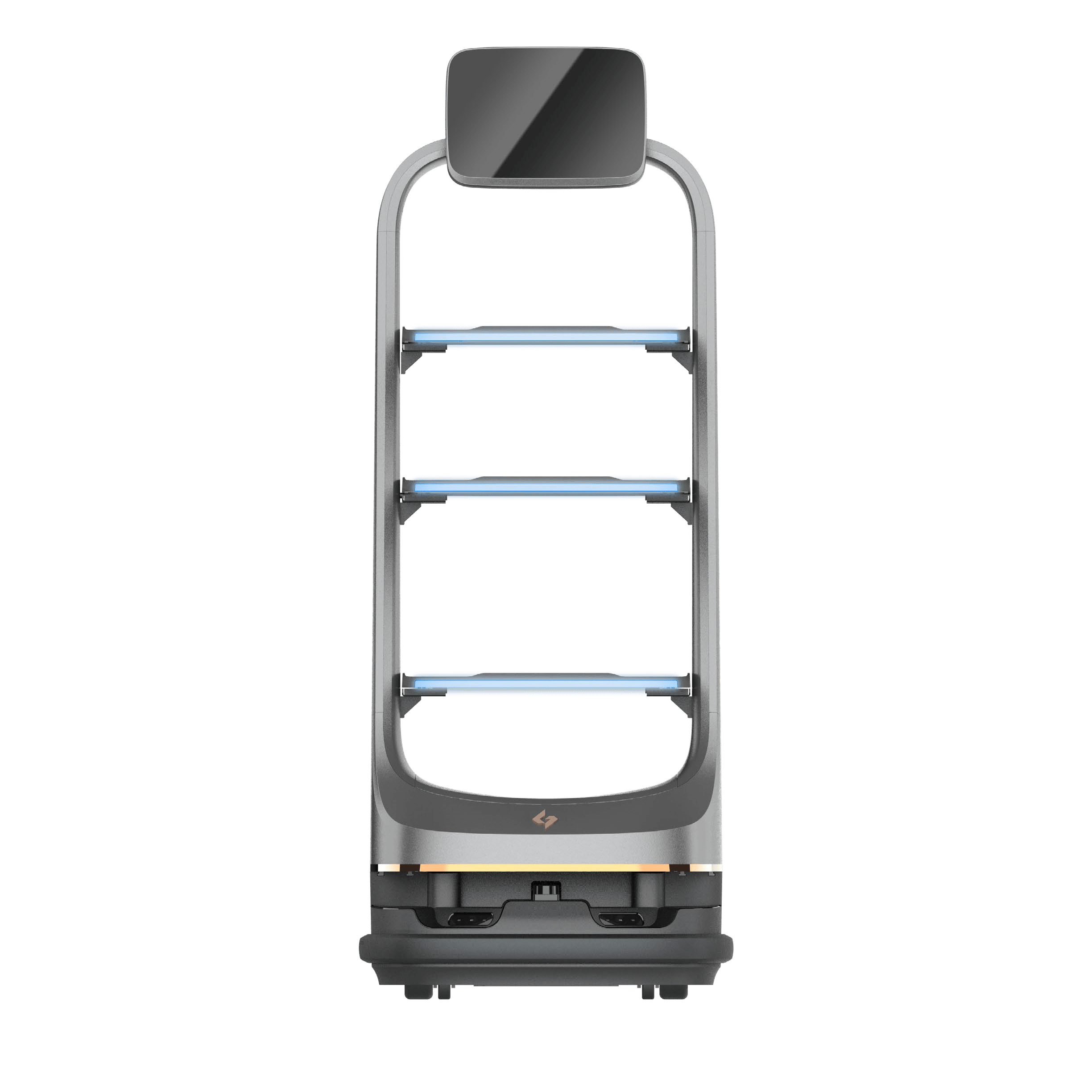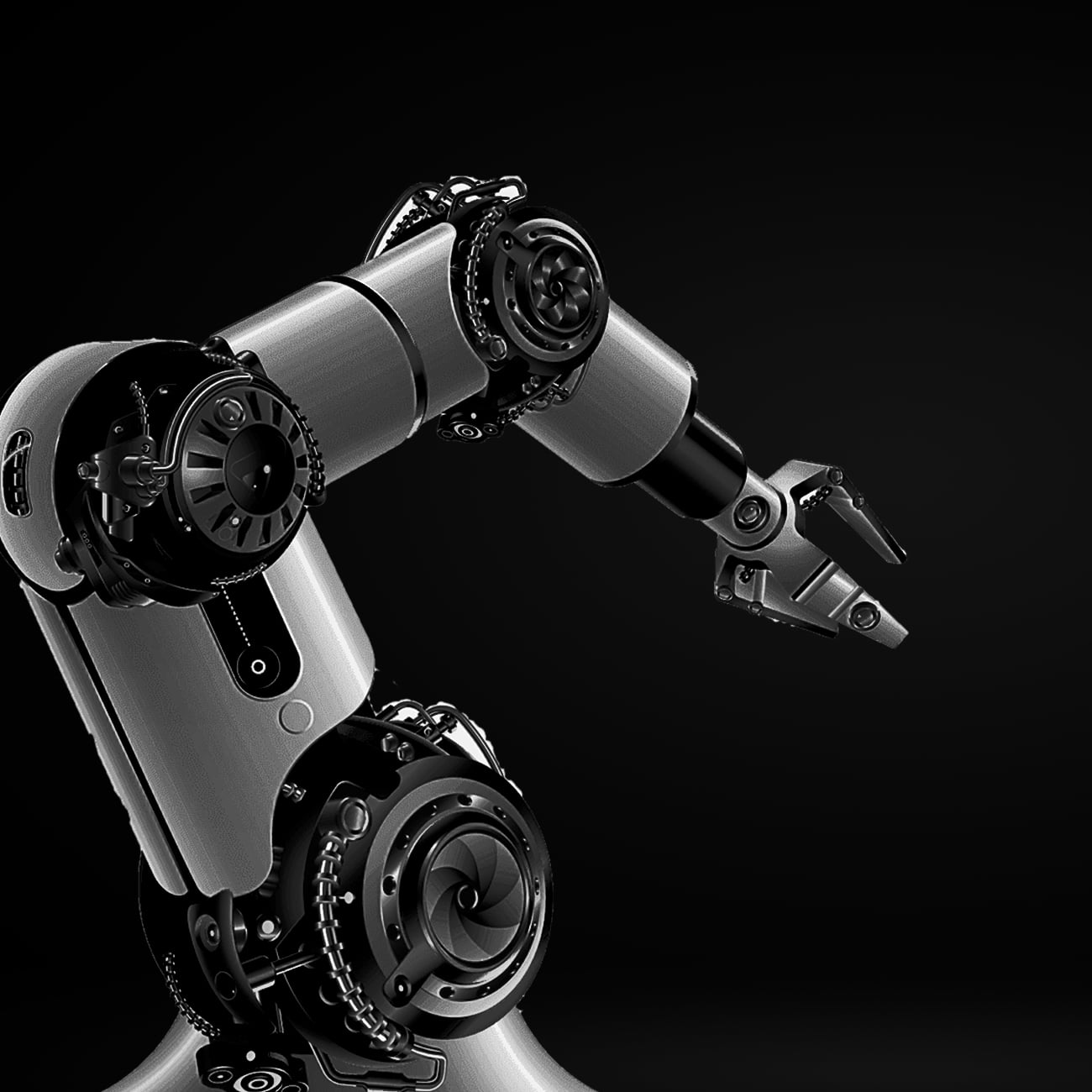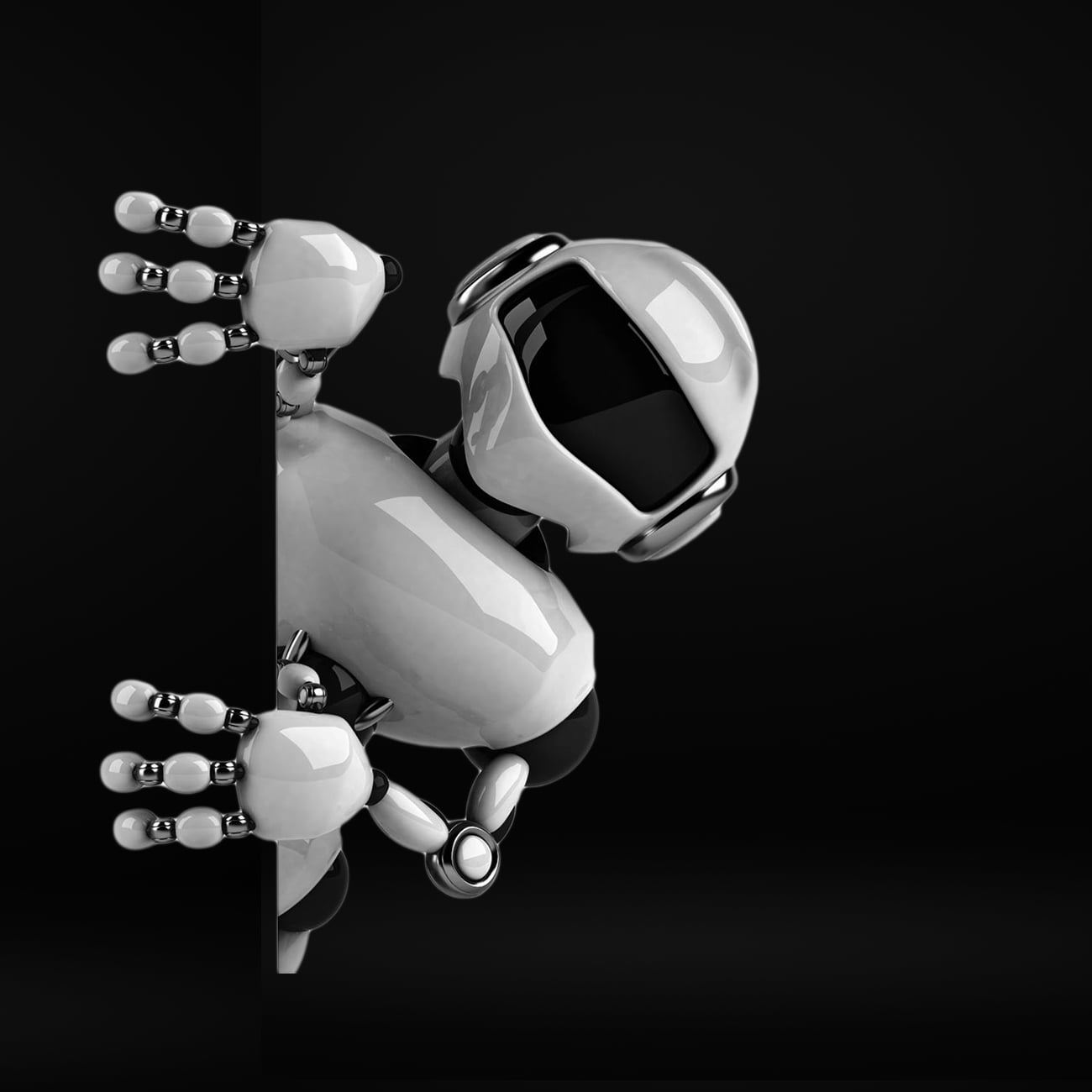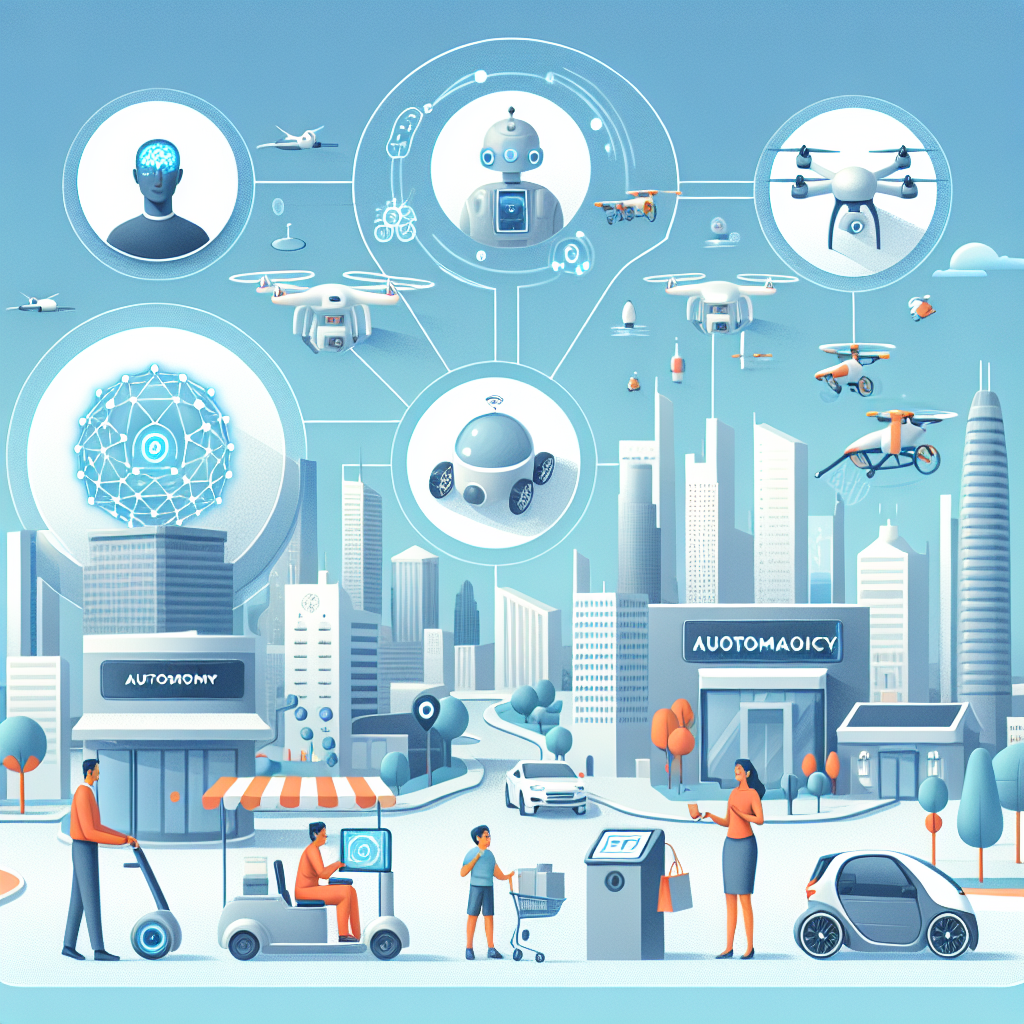-
Table of Contents
“Empowering the Future: Key Technologies Driving Autonomous Innovation.”
Key technologies enabling autonomy encompass a range of advanced systems and innovations that facilitate self-operating capabilities across various domains. These technologies include artificial intelligence (AI) and machine learning, which enable machines to learn from data and make decisions; sensor technologies, such as LiDAR and computer vision, which provide real-time environmental awareness; robotics, which allow for physical interaction with the environment; and communication networks, including 5G and edge computing, that ensure seamless data exchange and processing. Together, these technologies are driving advancements in autonomous vehicles, drones, and smart automation systems, transforming industries and enhancing efficiency, safety, and productivity.
Advanced Robotics and Automation Solutions
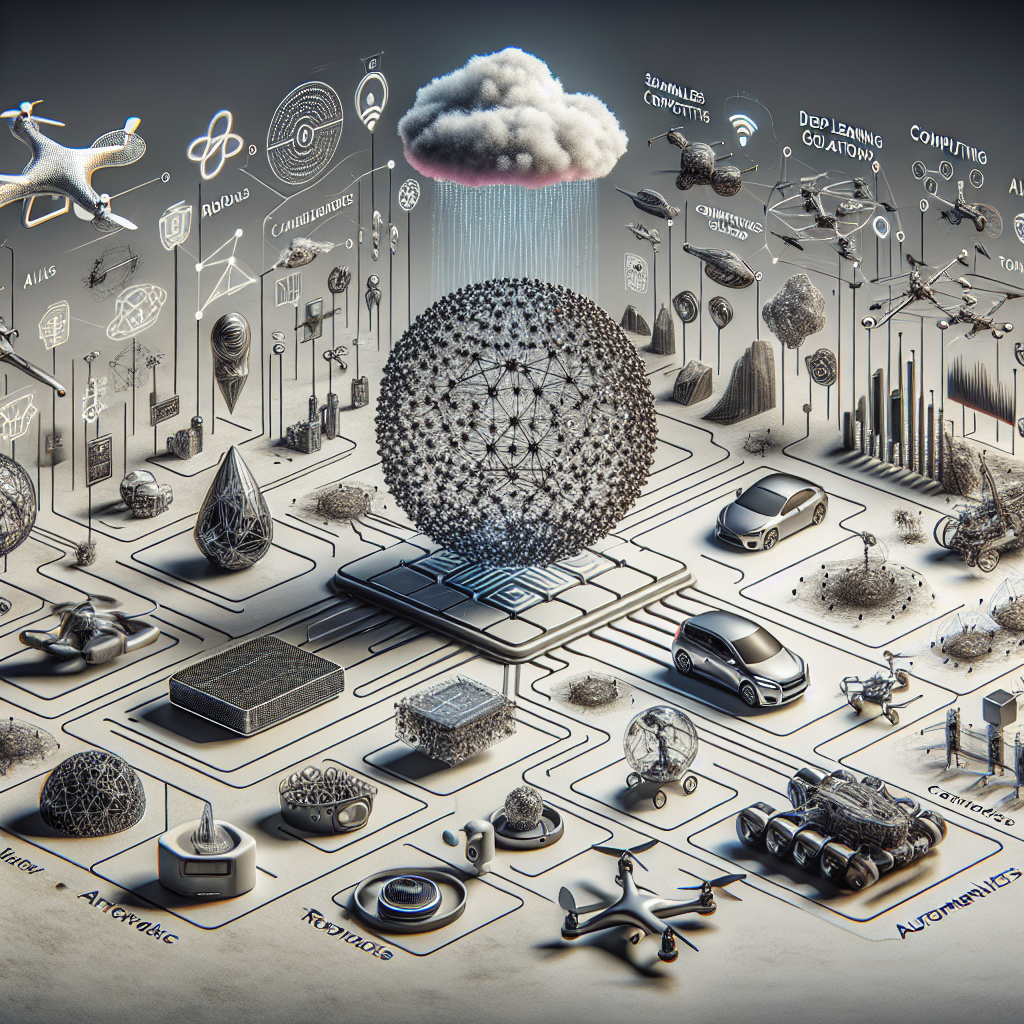
In the rapidly evolving landscape of technology, advanced robotics and automation solutions are at the forefront of enabling autonomy across various sectors. These innovations are not merely enhancing operational efficiency; they are fundamentally transforming how businesses operate, interact with customers, and respond to market demands. As organizations increasingly seek to leverage these technologies, understanding their capabilities and implications becomes essential.
At the heart of advanced robotics lies the integration of artificial intelligence (AI) and machine learning. These technologies empower robots to perform complex tasks with a level of precision and adaptability that was previously unattainable. For instance, in manufacturing, robots equipped with AI can analyze production data in real-time, allowing them to adjust their operations dynamically. This capability not only minimizes downtime but also optimizes resource allocation, leading to significant cost savings. Moreover, as these robots learn from their experiences, they become more efficient over time, further enhancing productivity.
In addition to AI, advancements in sensor technology play a crucial role in the evolution of robotics. Modern robots are equipped with an array of sensors that enable them to perceive their environment accurately. This sensory feedback is vital for tasks such as navigation, object recognition, and interaction with humans. For example, autonomous vehicles rely on a combination of cameras, LIDAR, and radar to create a comprehensive understanding of their surroundings. This level of situational awareness is essential for safe operation, particularly in complex environments where human interaction is prevalent.
Furthermore, the development of collaborative robots, or cobots, has revolutionized the workplace by facilitating human-robot collaboration. Unlike traditional industrial robots that operate in isolation, cobots are designed to work alongside human workers, enhancing productivity while ensuring safety. This synergy allows businesses to harness the strengths of both humans and machines, leading to improved outcomes. As a result, companies can achieve higher levels of efficiency without sacrificing the human touch that is often critical in customer-facing roles.
As organizations adopt these advanced robotics solutions, the importance of robust automation software cannot be overstated. This software serves as the backbone of robotic operations, enabling seamless integration with existing systems and processes. By utilizing sophisticated algorithms, automation software can orchestrate complex workflows, ensuring that robots and other automated systems work in harmony. This integration not only streamlines operations but also provides valuable insights through data analytics, allowing businesses to make informed decisions based on real-time information.
Moreover, the rise of the Internet of Things (IoT) has further enhanced the capabilities of advanced robotics. By connecting robots to a network of devices, organizations can monitor performance, track maintenance needs, and optimize operations remotely. This connectivity fosters a proactive approach to maintenance, reducing the likelihood of unexpected breakdowns and ensuring that robots operate at peak efficiency.
In conclusion, advanced robotics and automation solutions are pivotal in driving autonomy across various industries. By harnessing the power of AI, sensor technology, collaborative robots, and robust automation software, organizations can achieve unprecedented levels of efficiency and adaptability. As these technologies continue to evolve, they will undoubtedly unlock new opportunities for innovation and growth, positioning businesses to thrive in an increasingly competitive landscape. Embracing these advancements is not just a strategic choice; it is essential for organizations aiming to remain relevant and successful in the future.
Sensor Technologies for Enhanced Perception
In the rapidly evolving landscape of autonomous systems, sensor technologies play a pivotal role in enhancing perception, which is crucial for the safe and efficient operation of vehicles, drones, and various robotic applications. As these systems increasingly rely on their ability to interpret and respond to their environments, the sophistication and accuracy of sensor technologies have become paramount. This article explores the key sensor technologies that are driving advancements in autonomy, highlighting their functionalities and contributions to improved perception.
One of the most significant advancements in sensor technology is the development of LiDAR (Light Detection and Ranging). LiDAR systems utilize laser pulses to measure distances and create high-resolution, three-dimensional maps of the environment. This capability allows autonomous vehicles to detect obstacles, assess terrain, and navigate complex environments with remarkable precision. The ability to generate detailed spatial data in real-time enhances situational awareness, enabling vehicles to make informed decisions while on the move. As a result, LiDAR has become a cornerstone technology for many autonomous applications, particularly in the automotive sector.
Complementing LiDAR, radar technology has also seen substantial improvements, particularly in its ability to operate in adverse weather conditions. Unlike optical sensors, radar systems can penetrate fog, rain, and snow, providing reliable data regardless of environmental challenges. This resilience is crucial for ensuring the safety and reliability of autonomous systems, especially in regions where weather conditions can be unpredictable. By integrating radar with other sensor modalities, such as cameras and LiDAR, autonomous systems can achieve a more comprehensive understanding of their surroundings, thereby enhancing their decision-making capabilities.
In addition to LiDAR and radar, camera-based systems have become increasingly sophisticated, leveraging advancements in computer vision and machine learning. High-resolution cameras equipped with advanced image processing algorithms can identify and classify objects, recognize traffic signs, and detect lane markings. This visual perception is essential for navigating urban environments where complex interactions with pedestrians and other vehicles occur. Moreover, the integration of artificial intelligence allows these systems to learn from vast datasets, improving their accuracy and adaptability over time. As a result, camera systems are becoming indispensable components of autonomous perception frameworks.
Furthermore, the emergence of multispectral and hyperspectral imaging technologies is expanding the capabilities of perception systems beyond the visible spectrum. These advanced imaging techniques can capture data across various wavelengths, enabling the detection of materials and conditions that are invisible to standard cameras. For instance, they can be used in agricultural applications to assess crop health or in environmental monitoring to detect pollutants. By incorporating these advanced imaging technologies, autonomous systems can gain deeper insights into their environments, leading to more informed decision-making.
As sensor technologies continue to evolve, the integration of these diverse modalities is becoming increasingly important. Sensor fusion, the process of combining data from multiple sensors, enhances the robustness and reliability of perception systems. By leveraging the strengths of each sensor type, autonomous systems can achieve a more holistic understanding of their surroundings, thereby improving their operational efficiency and safety.
In conclusion, the advancements in sensor technologies are fundamentally transforming the landscape of autonomy. By enhancing perception through the integration of LiDAR, radar, camera systems, and advanced imaging technologies, these innovations are enabling autonomous systems to navigate complex environments with greater accuracy and reliability. As the demand for autonomous solutions continues to grow across various industries, the ongoing development and refinement of sensor technologies will remain a critical focus, driving the future of autonomy forward.
Artificial Intelligence in Autonomous Systems
Artificial Intelligence (AI) is at the forefront of transforming autonomous systems, driving innovation across various industries. As organizations increasingly seek to enhance efficiency and reduce human intervention, AI technologies are becoming indispensable in the development of autonomous systems. These systems, which range from self-driving vehicles to automated manufacturing processes, rely heavily on AI to interpret data, make decisions, and adapt to changing environments.
One of the primary components of AI in autonomous systems is machine learning, a subset of AI that enables systems to learn from data and improve their performance over time. By analyzing vast amounts of data, machine learning algorithms can identify patterns and make predictions, which is crucial for autonomous systems that must navigate complex and dynamic environments. For instance, in the context of autonomous vehicles, machine learning allows the system to recognize objects, predict the behavior of other road users, and make real-time decisions to ensure safety and efficiency.
Moreover, deep learning, a more advanced form of machine learning, plays a significant role in enhancing the capabilities of autonomous systems. By utilizing neural networks that mimic the human brain, deep learning algorithms can process unstructured data, such as images and sounds, with remarkable accuracy. This capability is particularly beneficial in applications like facial recognition and natural language processing, which are essential for creating more intuitive and responsive autonomous systems. As these technologies continue to evolve, they enable systems to operate with greater autonomy and reliability.
In addition to machine learning and deep learning, computer vision is another critical technology that underpins the functionality of autonomous systems. Computer vision allows machines to interpret and understand visual information from the world around them. By employing advanced algorithms, autonomous systems can analyze images and videos to detect obstacles, recognize landmarks, and assess environmental conditions. This technology is vital for applications such as drone navigation and robotic surgery, where precision and situational awareness are paramount.
Furthermore, natural language processing (NLP) is increasingly being integrated into autonomous systems to facilitate human-machine interaction. By enabling machines to understand and respond to human language, NLP enhances the usability of autonomous systems, making them more accessible to users. For example, in customer service applications, AI-driven chatbots can autonomously handle inquiries, providing timely responses and freeing human agents to focus on more complex tasks. This not only improves operational efficiency but also enhances the overall user experience.
As AI technologies continue to advance, the integration of these capabilities into autonomous systems is expected to deepen. The synergy between AI and robotics is particularly noteworthy, as it allows for the creation of intelligent machines that can perform tasks with minimal human oversight. This convergence is evident in industries such as logistics, where autonomous robots are increasingly used for inventory management and order fulfillment, streamlining operations and reducing costs.
In conclusion, the role of artificial intelligence in enabling autonomy cannot be overstated. Through the application of machine learning, deep learning, computer vision, and natural language processing, organizations are developing sophisticated autonomous systems that are capable of operating independently and efficiently. As these technologies continue to mature, they will undoubtedly unlock new opportunities and drive further innovation across various sectors, ultimately reshaping the landscape of work and productivity. The future of autonomy is bright, and AI will remain a key enabler in this transformative journey.
Q&A
1. **Question:** What role does machine learning play in enabling autonomy?
**Answer:** Machine learning allows autonomous systems to analyze data, recognize patterns, and make decisions based on past experiences, improving their performance over time.
2. **Question:** How does sensor technology contribute to autonomous systems?
**Answer:** Sensor technology provides real-time data about the environment, enabling autonomous systems to perceive their surroundings and navigate safely.
3. **Question:** What is the significance of communication networks in autonomous systems?
**Answer:** Communication networks facilitate data exchange between autonomous systems and other entities, enhancing coordination, situational awareness, and decision-making capabilities.Key technologies enabling autonomy include advanced sensors, machine learning algorithms, computer vision, and robotics. These technologies work together to enhance perception, decision-making, and control in autonomous systems. As a result, they facilitate applications across various domains, such as autonomous vehicles, drones, and industrial automation, ultimately leading to increased efficiency, safety, and innovation in numerous industries. The continued development and integration of these technologies will further advance the capabilities and reliability of autonomous systems.
